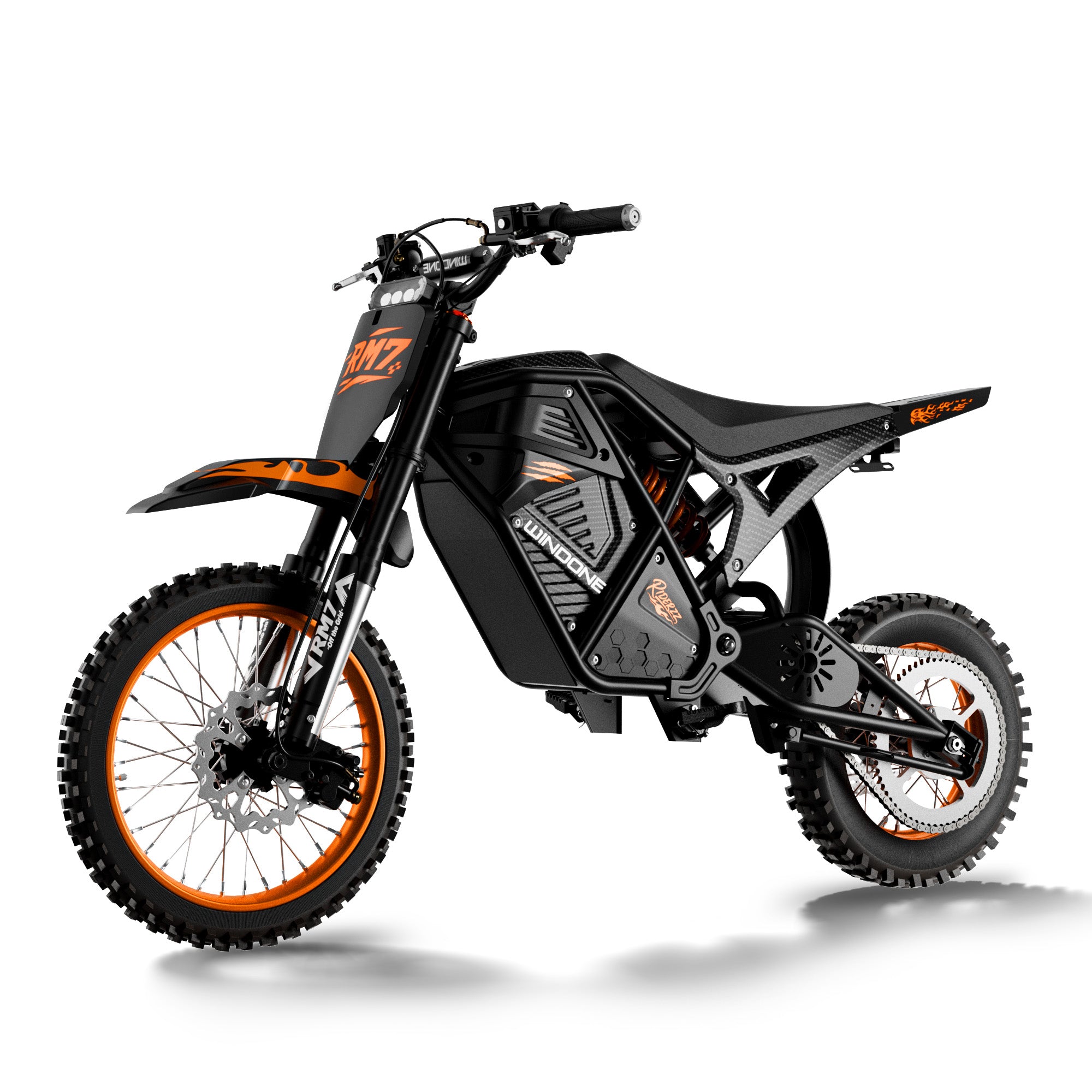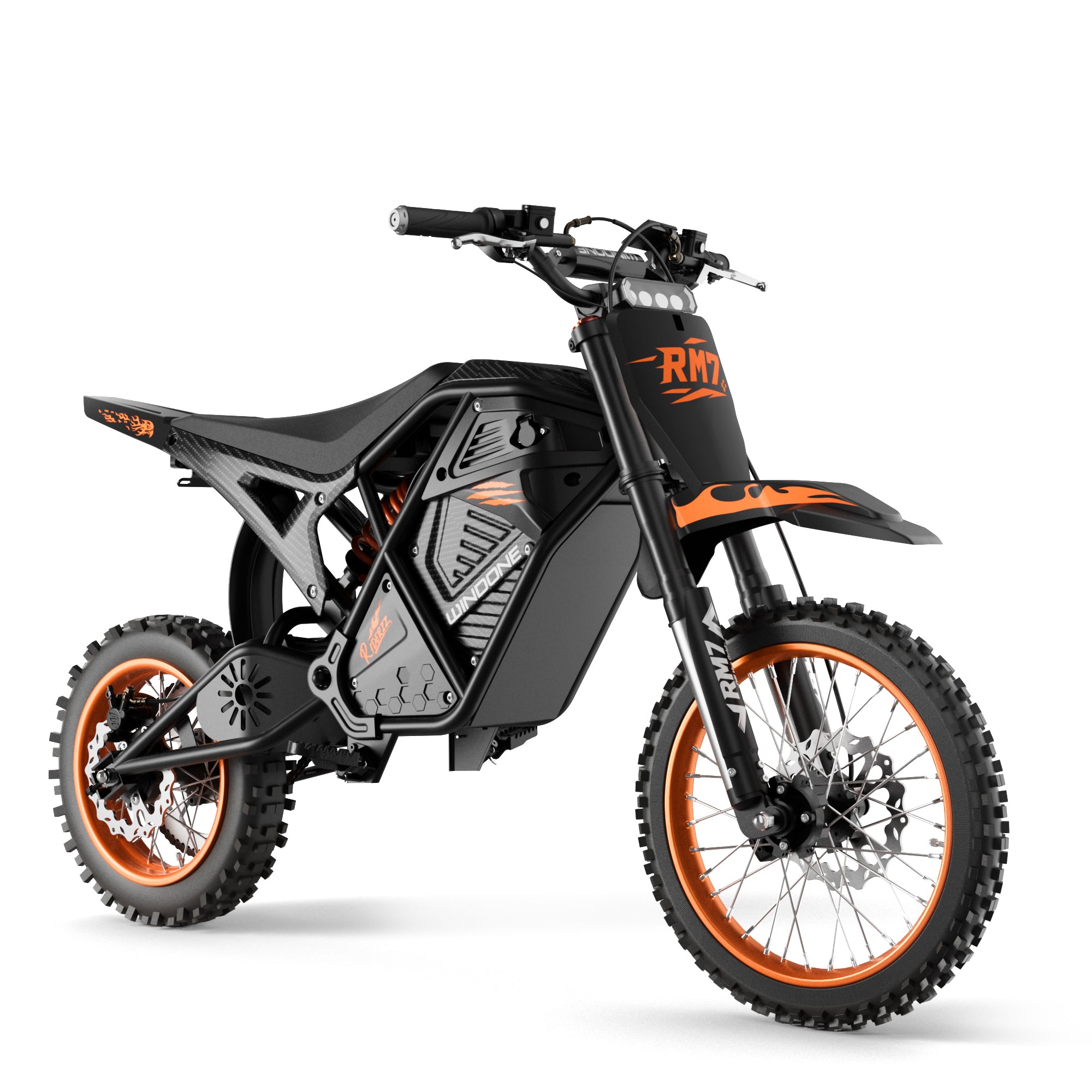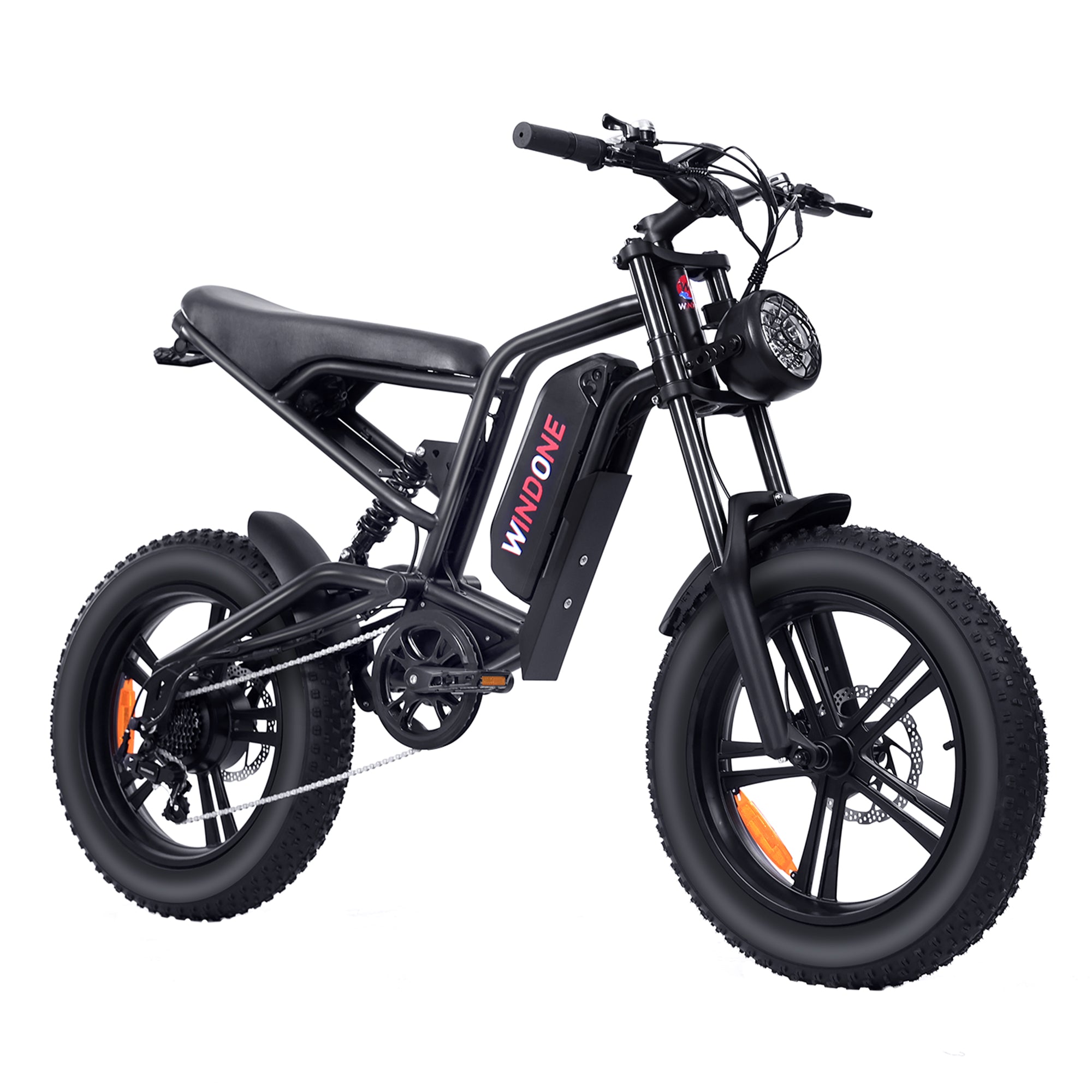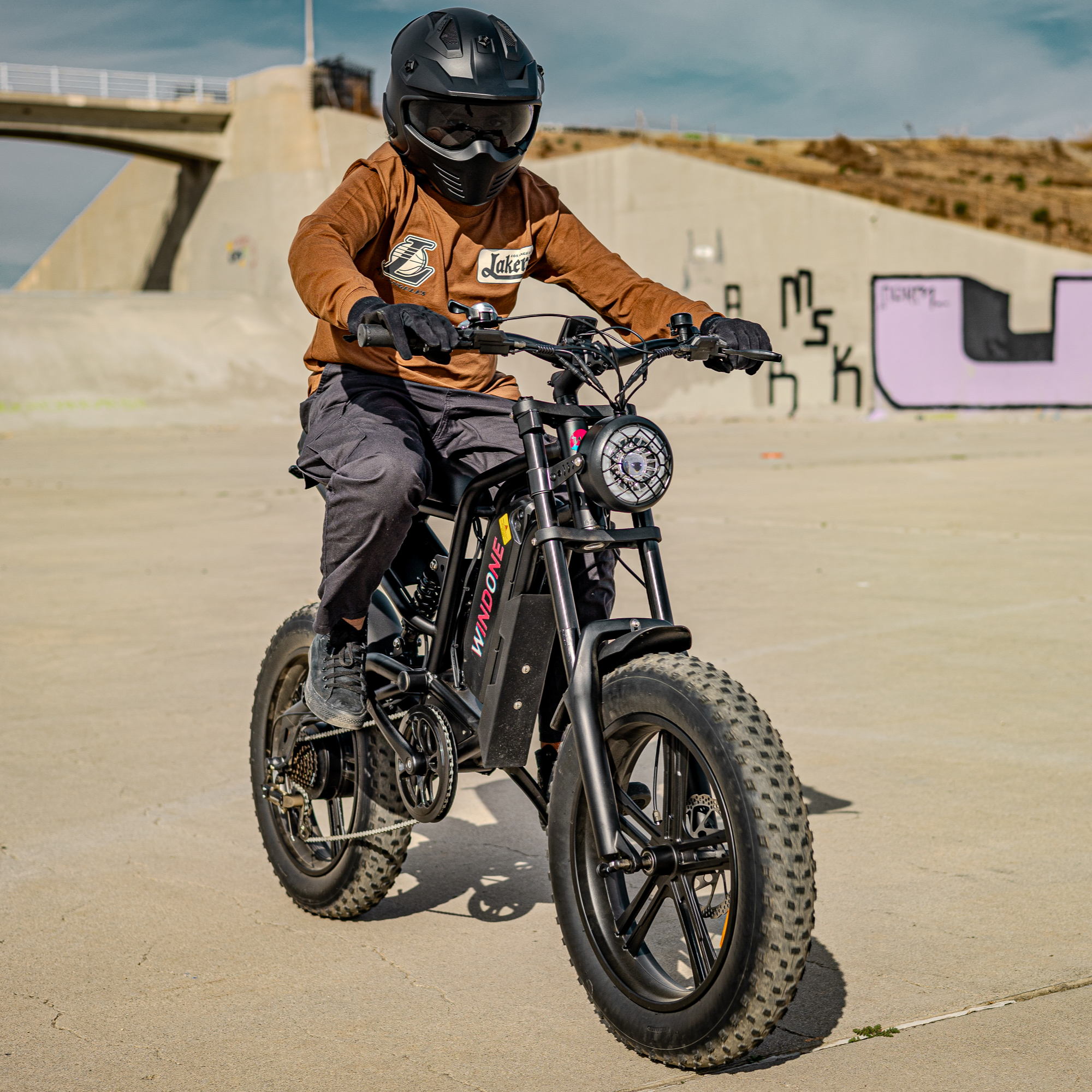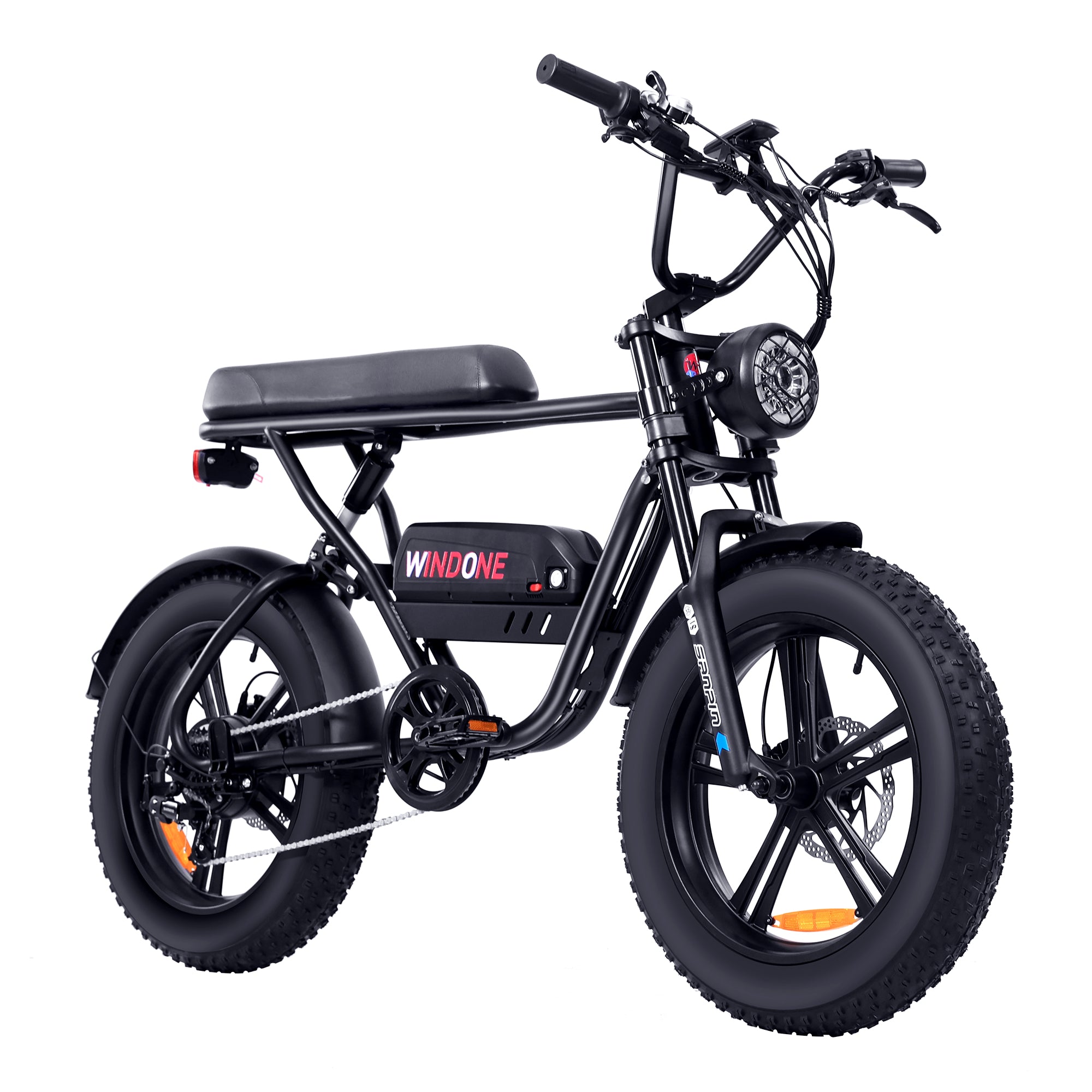A frequently asked question from customers is, "How long does an electric bike battery last?" Today, we'll delve into this topic to provide a comprehensive understanding of electric bike batteries. The more you know about your electric bike battery, the better you'll be able to use and maintain it, ultimately extending its lifespan. This article will cover the factors determining battery life and how to properly care for your battery.
Electric Bike Battery Types
Electric bike batteries typically last between 2 to 5 years under normal use. However, this can vary based on battery types, usage patterns, charging habits, and environmental conditions. It's important to remember that all batteries have a finite lifespan, and eventually, they will need to be replaced. When purchasing an electric bike, make sure to ask the manufacturer if they sell replacement batteries separately, as it's not economical to replace the entire bike just because the battery is dead.
Lithium-Ion Batteries:
Lifespan: Up to 1000 charge cycles
Lithium-ion batteries are the most widely used in electric bikes. They have a long lifespan and are relatively lightweight. Newer lithium-iron phosphate batteries can last even longer.
Nickel Batteries:
Lifespan: Around 500 charge cycles
Nickel batteries have similar energy density to lithium-ion batteries but discharge faster. Their performance declines after about 500 charge cycles.
Lead-Acid Batteries:
Lifespan: Around 300 charge cycles
Lead-acid batteries are the oldest type used in electric bikes and are generally heavier. They are not commonly used in new electric bikes today.
Which type of battery is best for electric bikes?
Lithium-ion batteries are generally considered the best option for electric bikes due to their high energy density, long lifespan, and lightweight design.
How to Extend the Life of Your electric bike Battery?
Proper maintenance and care can significantly extend the life of your electric bike battery. Here are some essential tips to help you get the most out of your battery:
- Use the Correct Charger
Always use the charger that comes with your battery, as it is specifically optimized for your battery's charging requirements.
- Avoid Overheating
If your battery seems to overheat, let it cool down before charging. High temperatures can damage the battery and reduce its lifespan.
- Charge Regularly
Do not let your battery run completely out of power. Recharge it when it reaches about 50% to prevent deep discharge, which can harm the battery.
- Store in a Cool & Dry Place
Keep your battery in a cool, dry place when not in use. Extreme temperatures can degrade the battery's performance and longevity.
- Partial Charging for Long-Term Storage
If you're not using your electric bike for an extended period, keep the battery charge between 30% and 80%. This helps prevent overcharging and complete discharge, both of which can negatively impact the battery's health.
- Avoid Deep Discharges
Lithium-ion batteries perform best with partial discharge cycles. Regularly running your battery to empty can cause premature wear. Instead, recharge the battery before it gets too low.
- Keep It Dry
Avoid exposing your battery to water or excessively humid conditions, as this can lead to corrosion and internal damage. If your electric bike gets wet, ensure the battery compartment stays dry.
- Remove the Battery During Transport
If you're transporting your electric bike, remove the battery to prevent damage from vibrations, impacts, or accidental drops. Store the battery in a padded bag or box for protection.
- Regularly Check Connections
Ensure that the battery connections and contacts are clean and secure. Dust, dirt, or corrosion can affect power transfer efficiency and performance. Clean these contacts with a dry cloth to maintain optimal connectivity.
- Avoid Extreme Riding Conditions
Extreme riding conditions, such as very steep hills or carrying heavy loads, can strain the battery and motor. Try to ride at moderate speeds and avoid overly challenging terrain to prolong your battery's life.
- Charging and Storage
Store and charge your battery in a room with a temperature between 35° and 80°F. Keep the battery away from heat sources.
Avoid charging the battery overnight. Disconnect the charger after the battery is fully charged.
- Clean the battery regularly
Make it a habit to clean your battery regularly, especially if you ride your electric bike in dusty or muddy conditions. Regular cleaning helps maintain optimal performance and prevents the buildup of dirt that can affect the battery's efficiency.
Frequently Asked Questions
Can I replace the battery on my electric bike?Yes, most electric bikes allow for battery replacement. It's advisable to check with the manufacturer for specific information on your model.
Can I use my electric bike in cold weather?
Cold weather can reduce battery performance. Using a battery warmer or insulating the battery can help mitigate this issue.
Can I repair a damaged electric bike battery?
Repairing lithium-ion batteries is generally not recommended due to safety risks. It's often more cost-effective to replace the battery.
What should I do if my electric bike battery is not charging?
Check the charger, battery connections, and outlet. If the issue persists, contact the manufacturer or a bike repair shop.
Conclusion
Electric bike batteries are not cheap. Replacing them can be expensive, so it is important to take care of them. Proper care can extend the lifespan of your battery by several years. By following these tips, you can significantly extend the life of your electric bike battery, ensuring you get the best performance and value from your investment. Remember, a well-maintained battery can last up to five years, so it's worth taking the time to care for it properly.









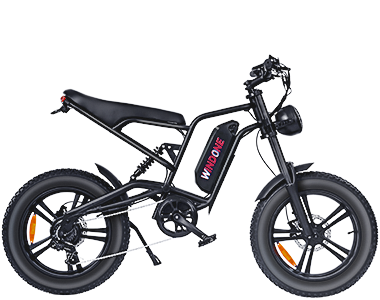
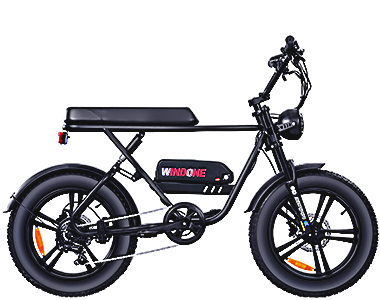
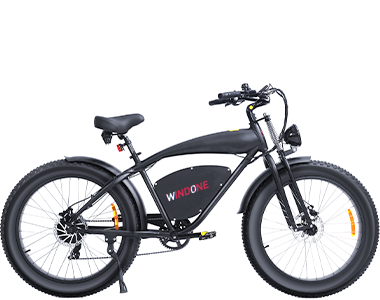
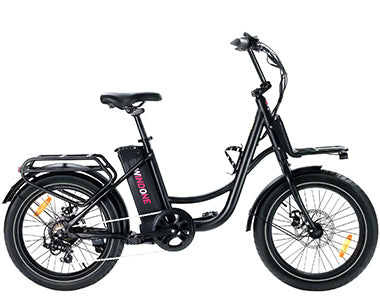
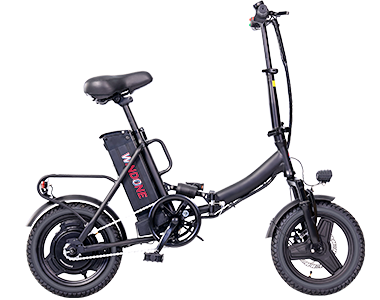
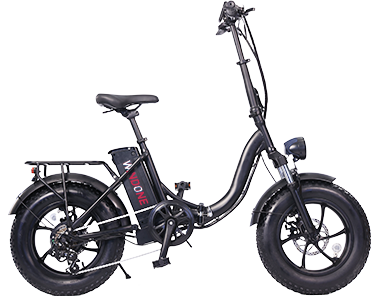


 Ebike Locks
Ebike Locks
 Phone Mount
Phone Mount
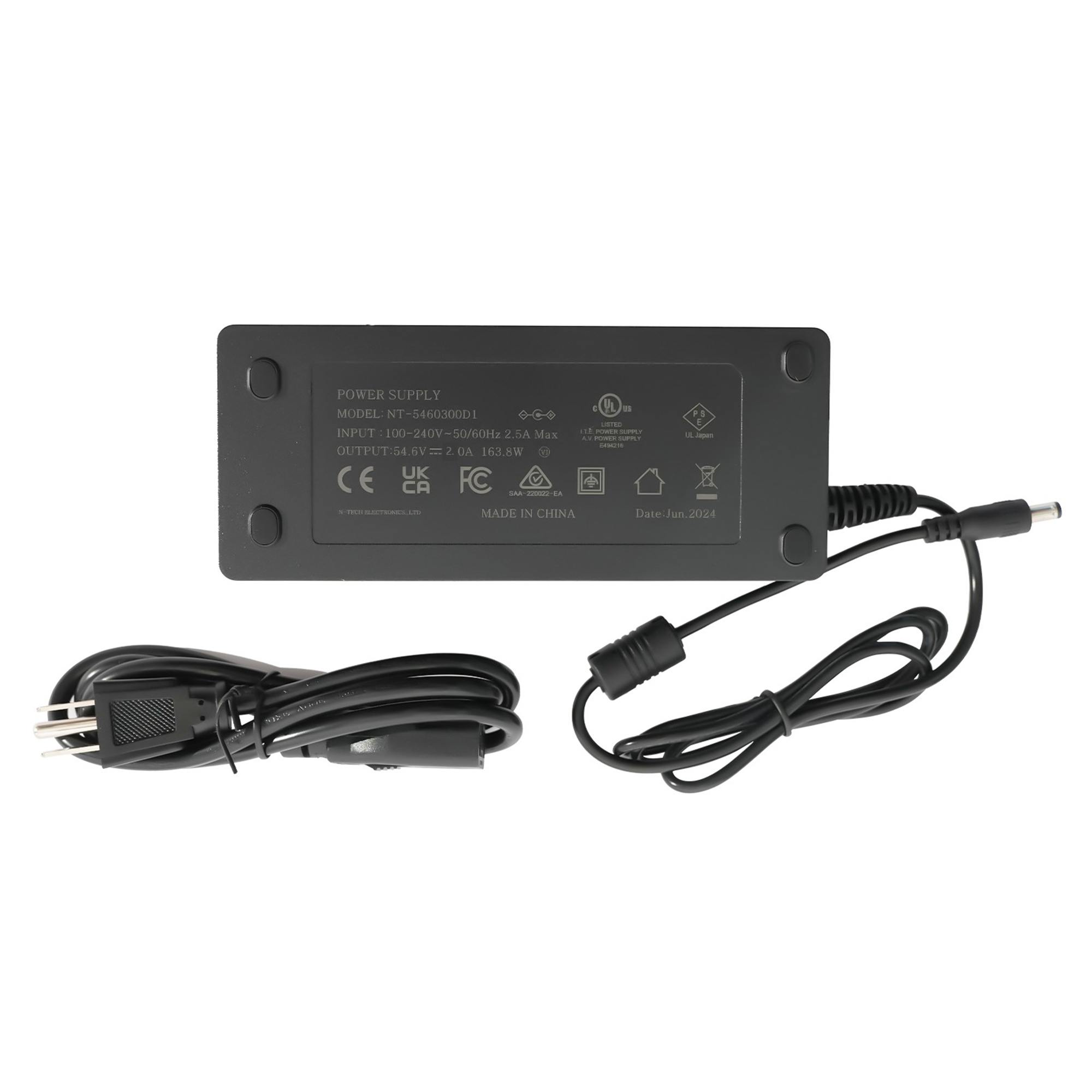
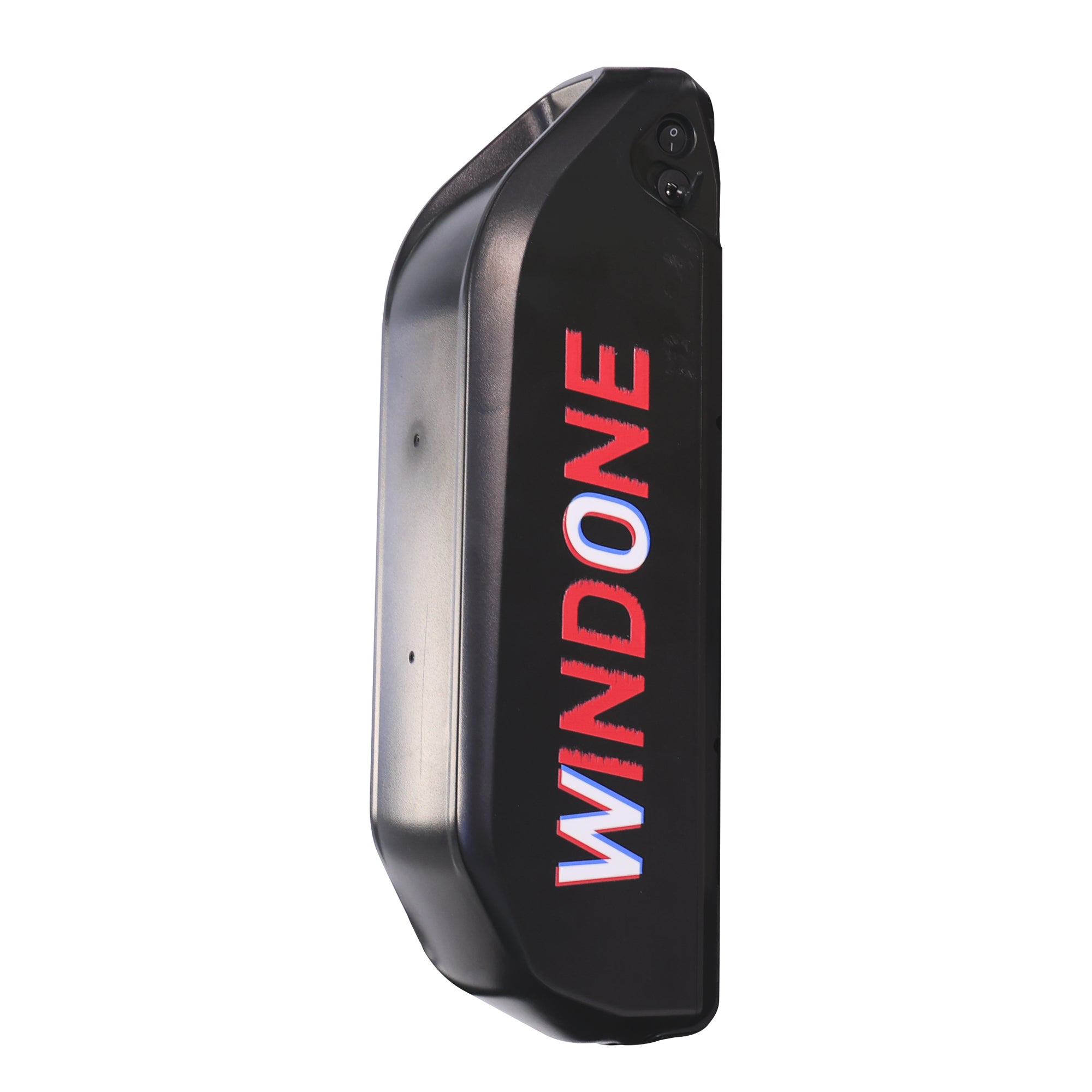
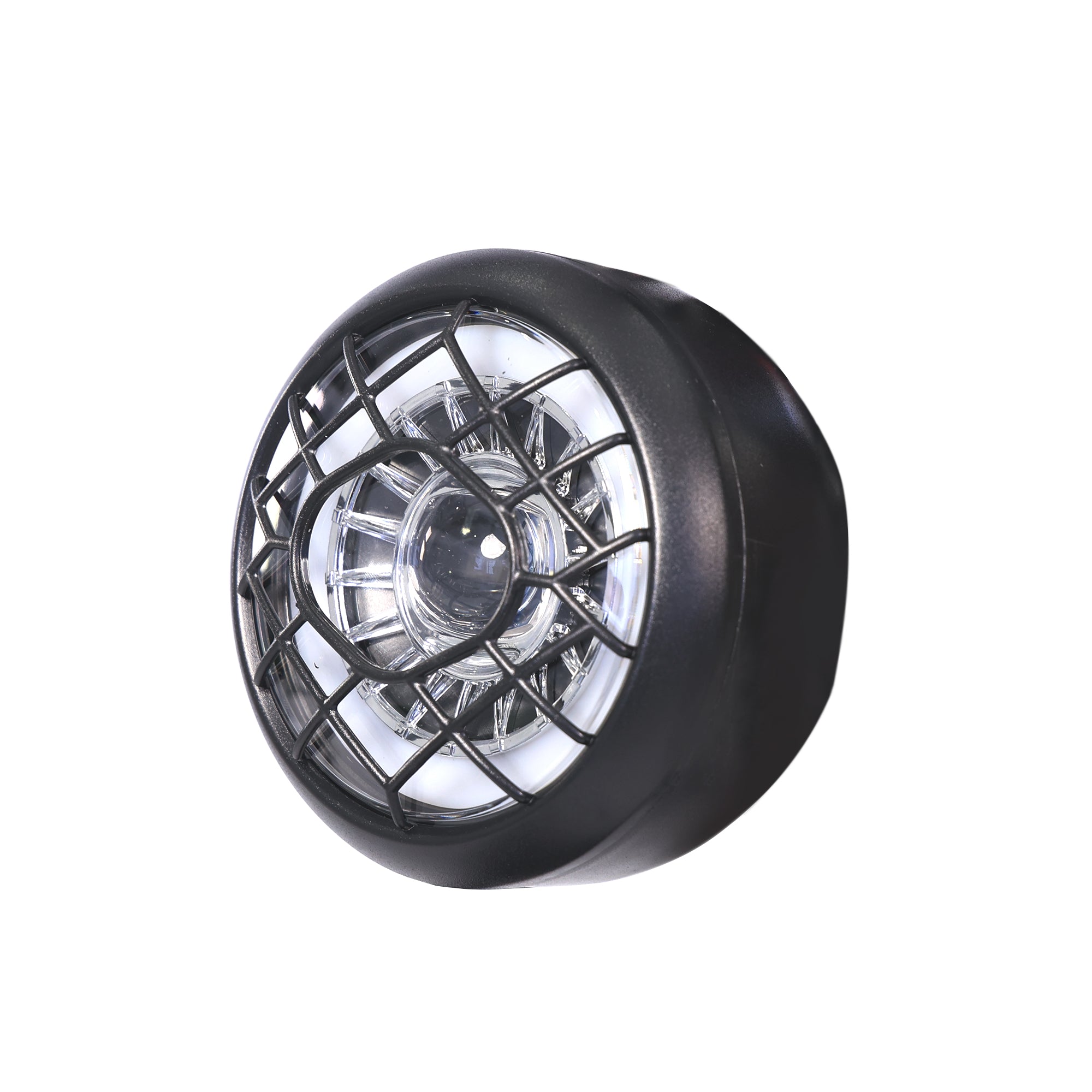
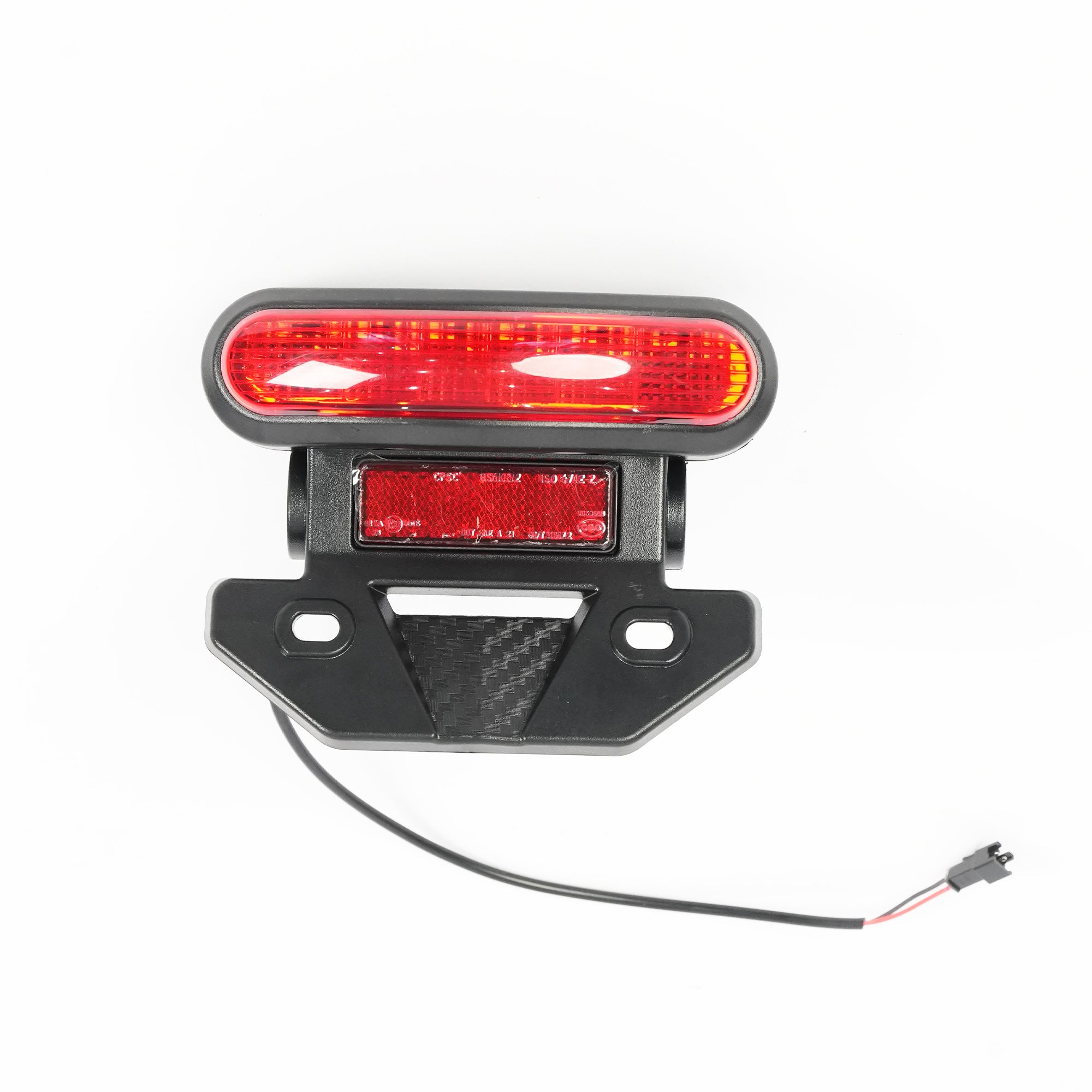
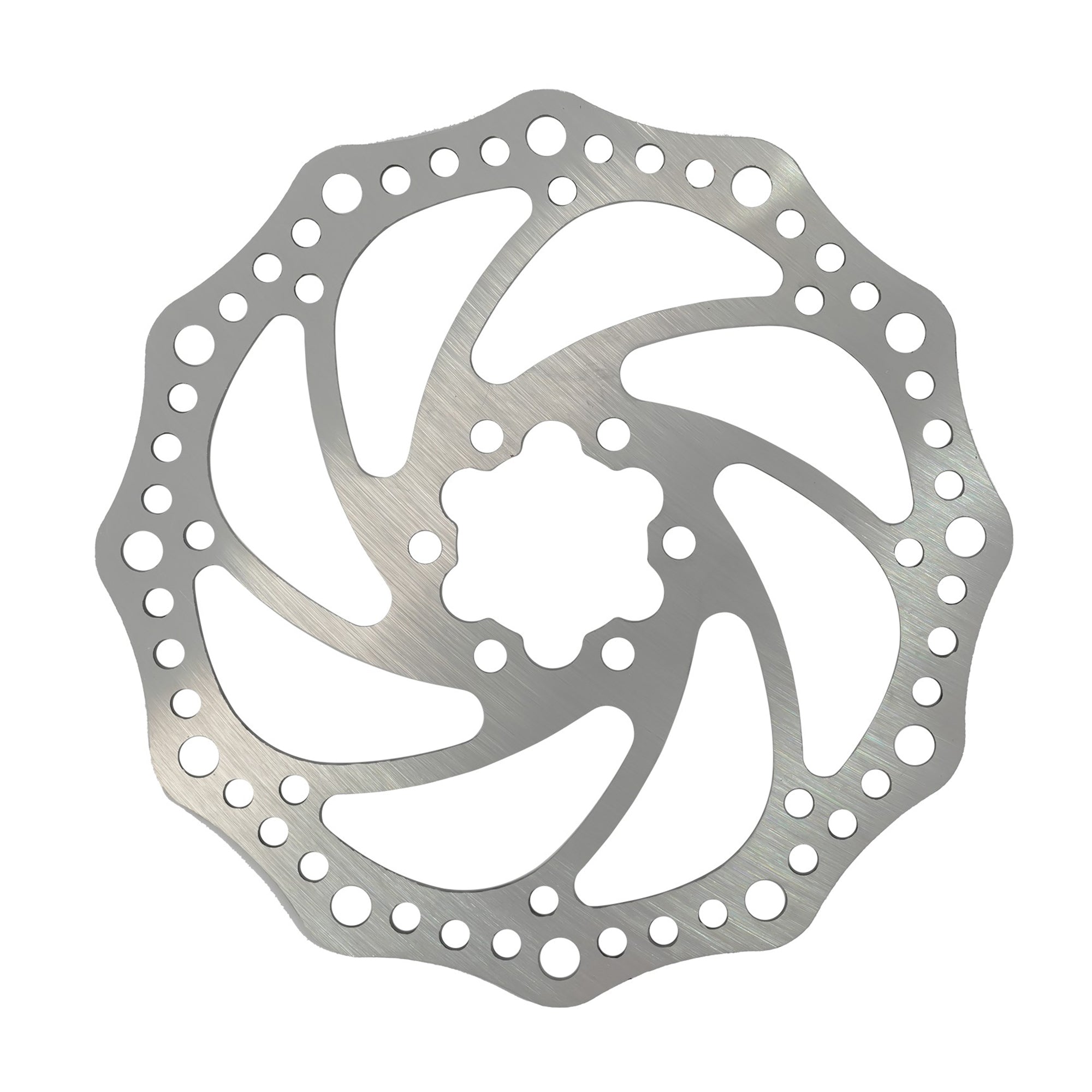
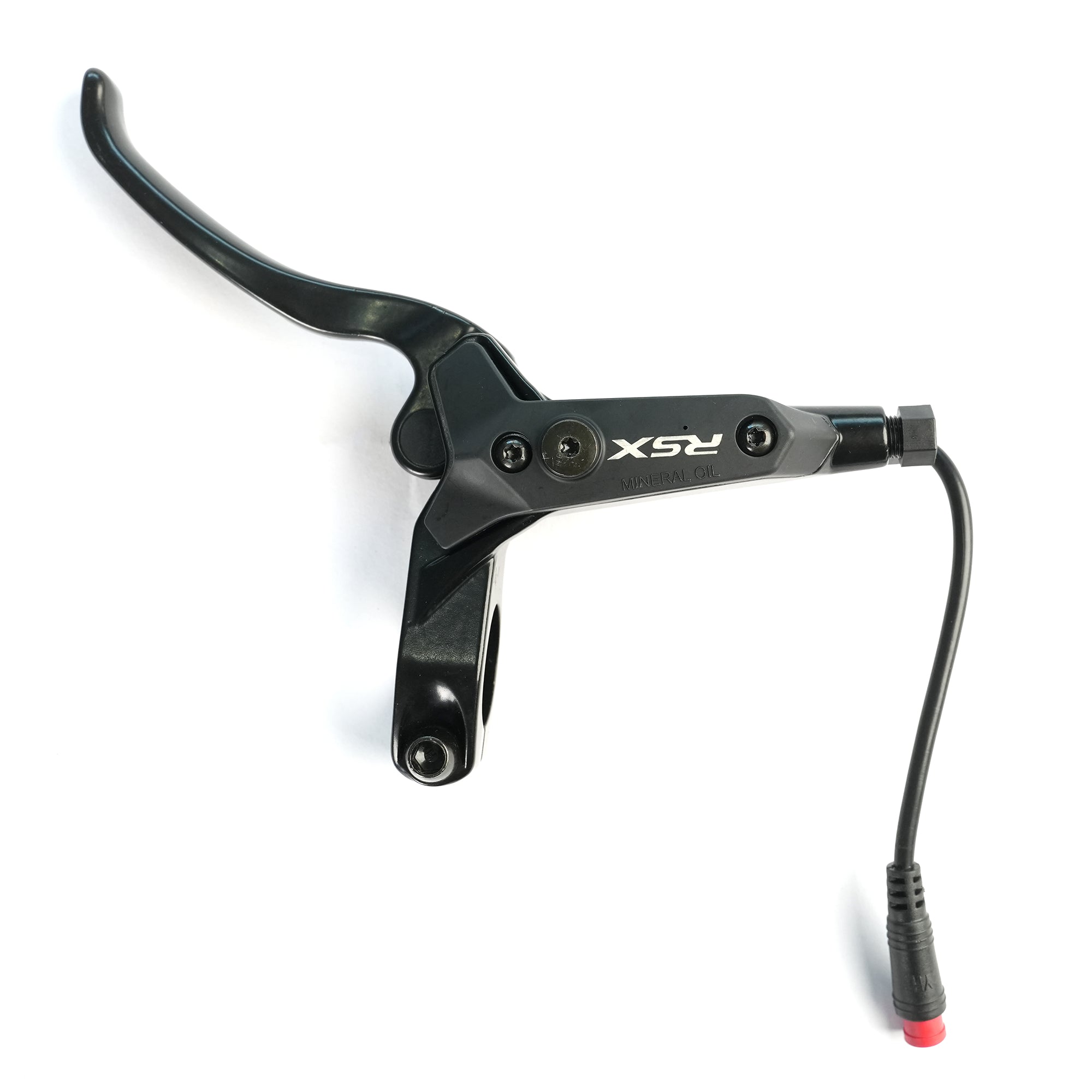
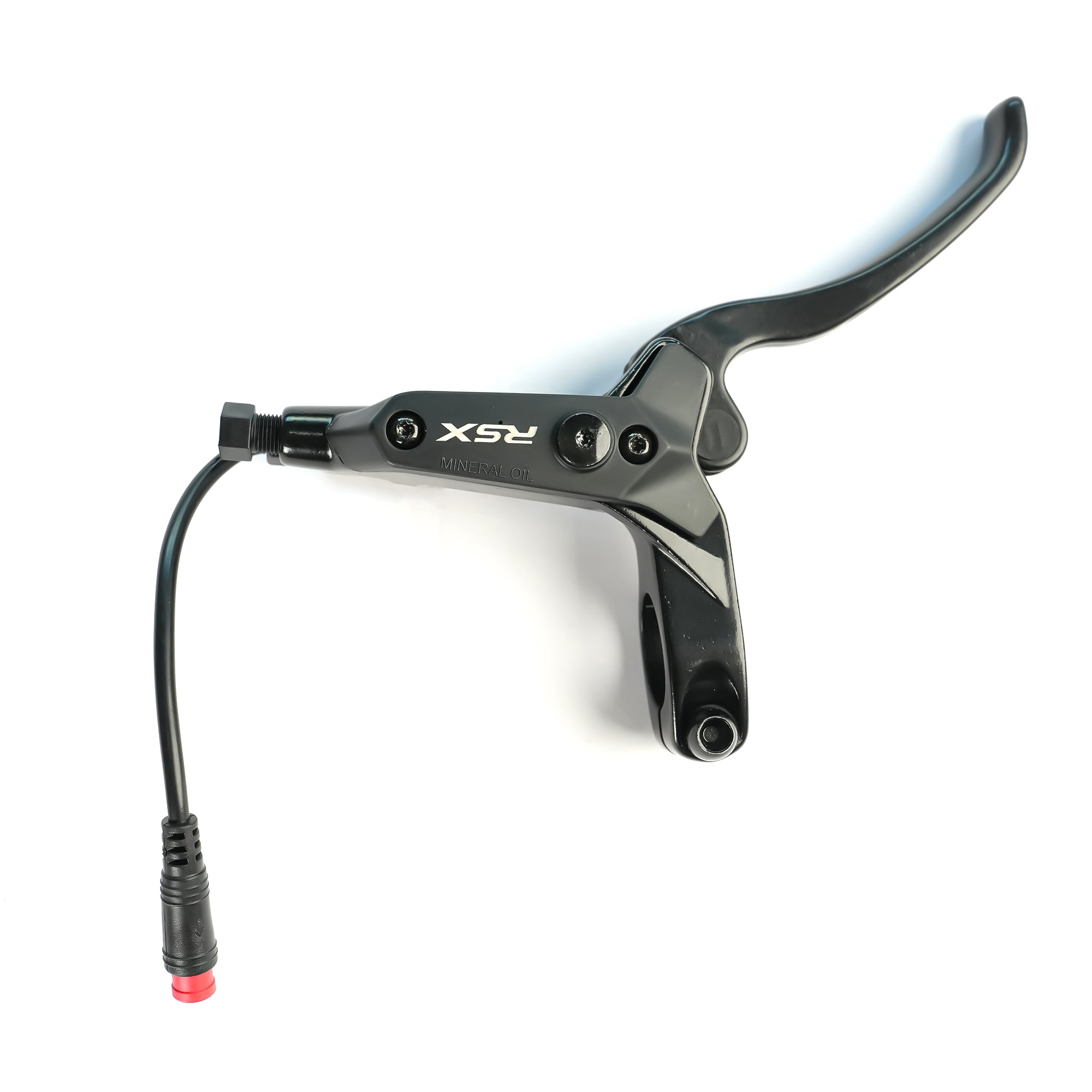
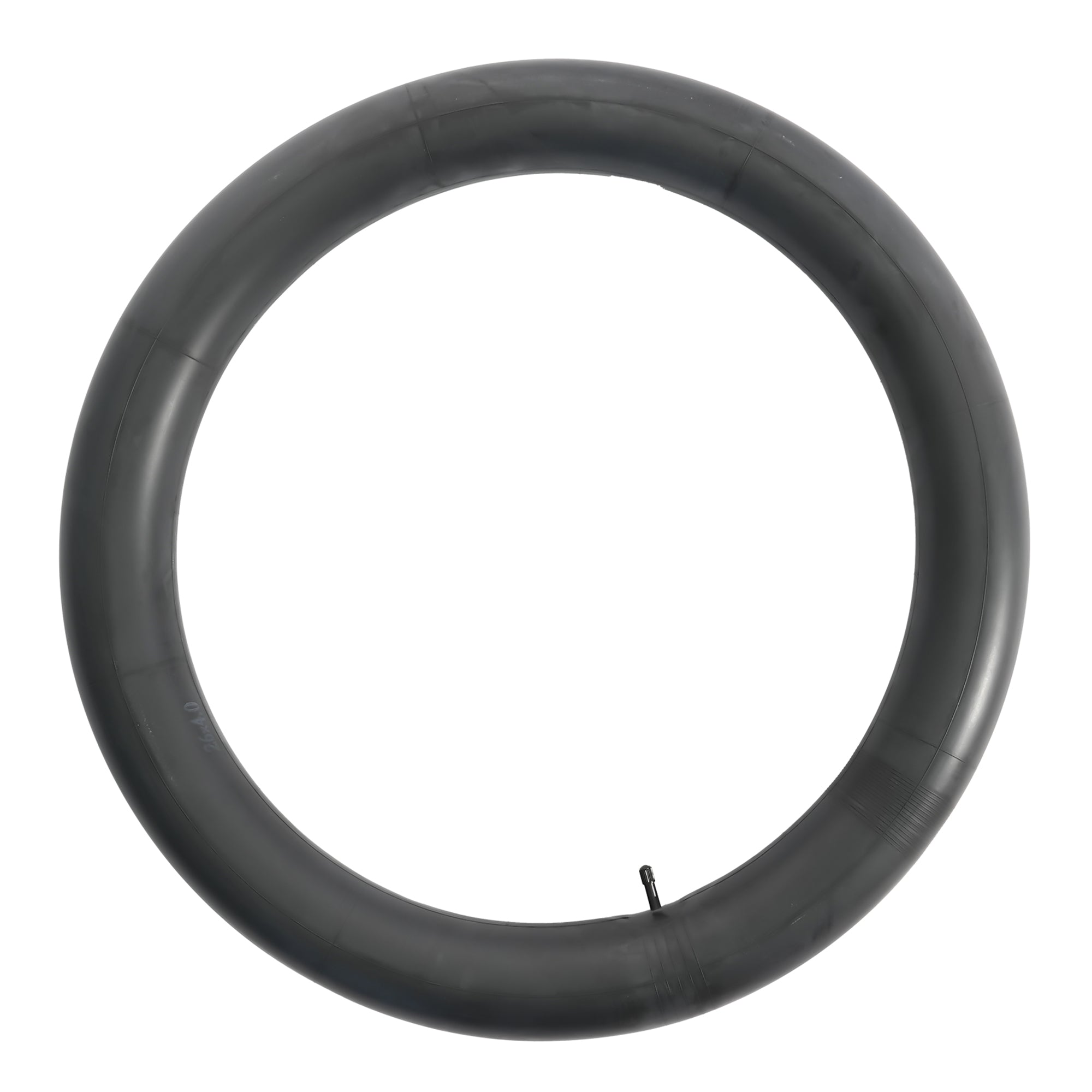
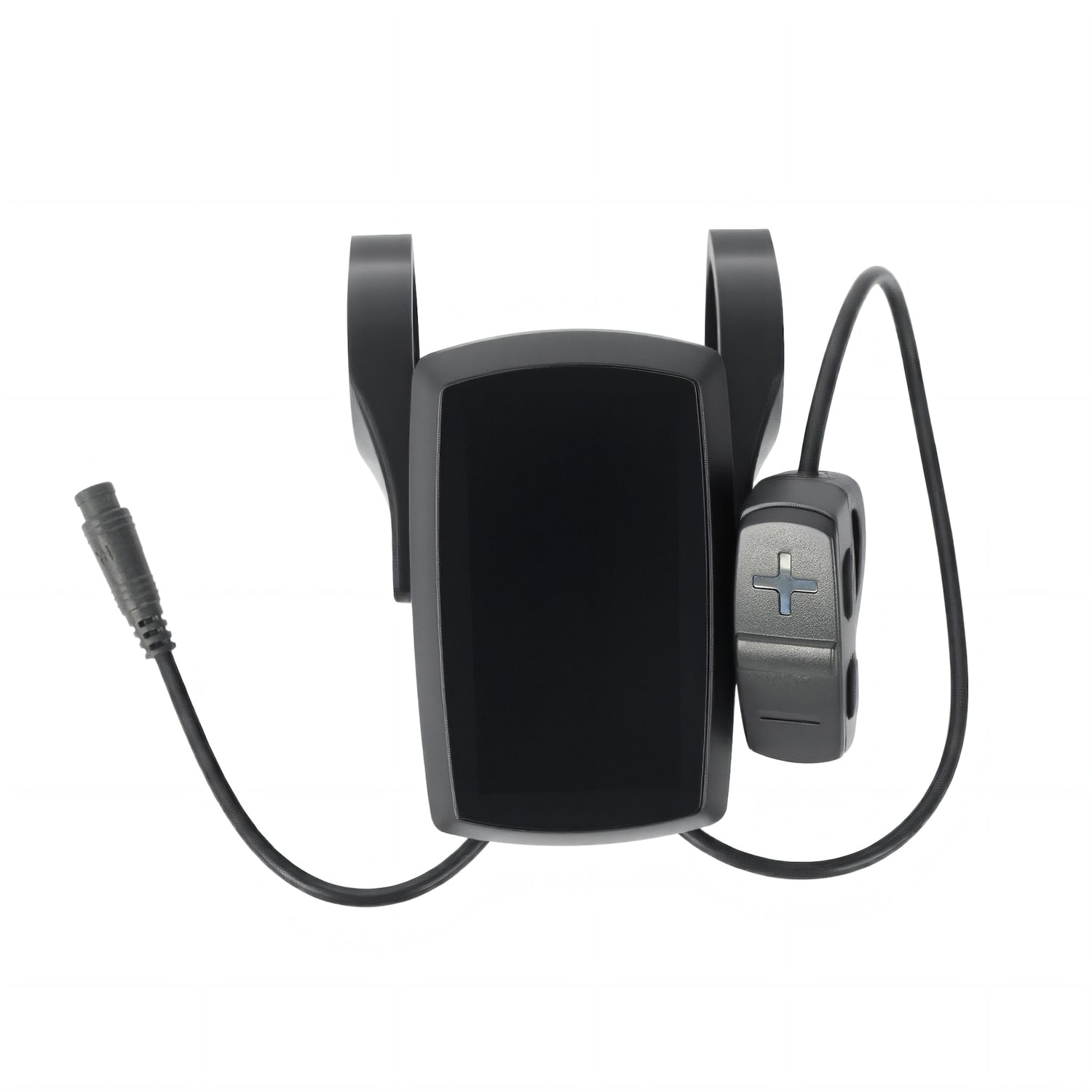
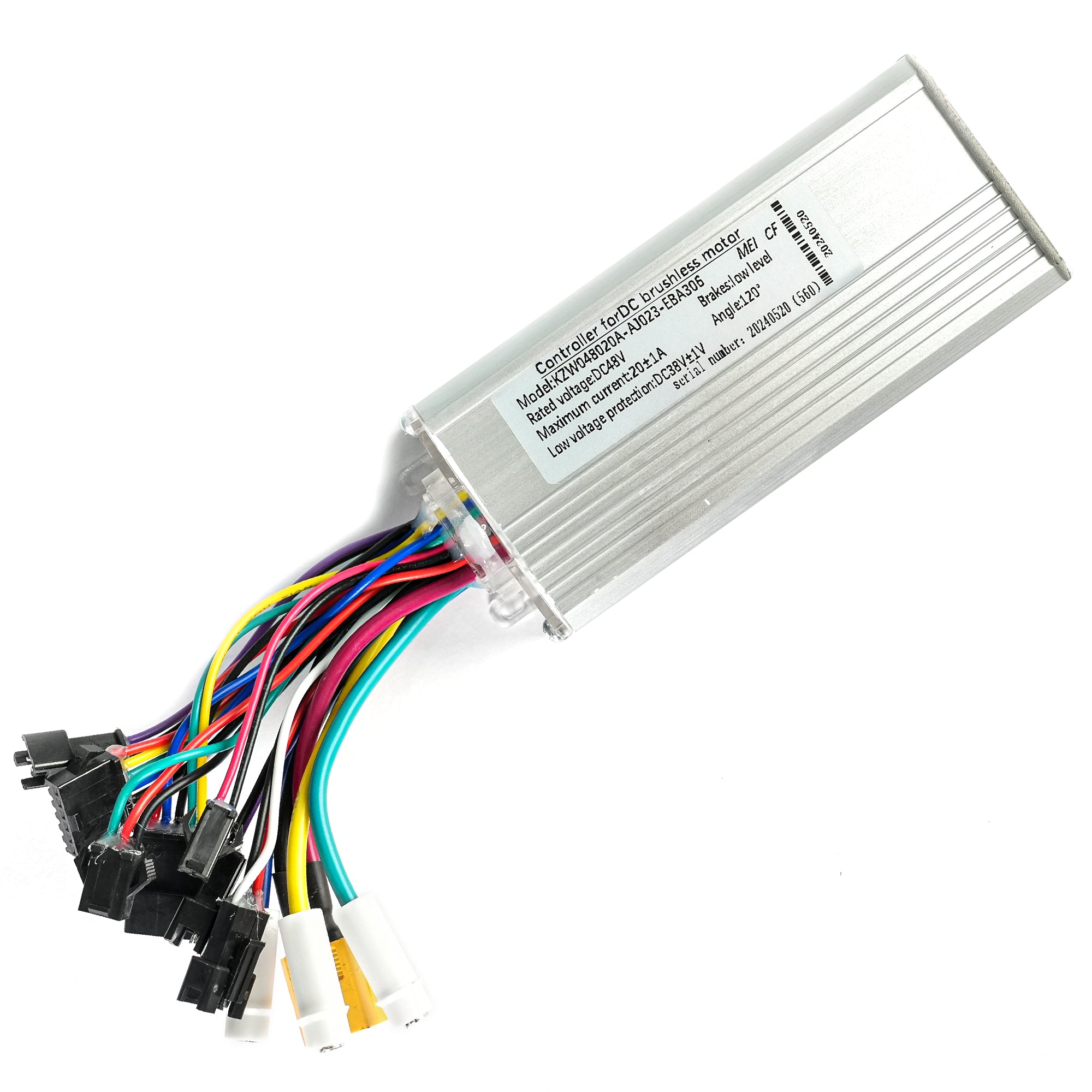
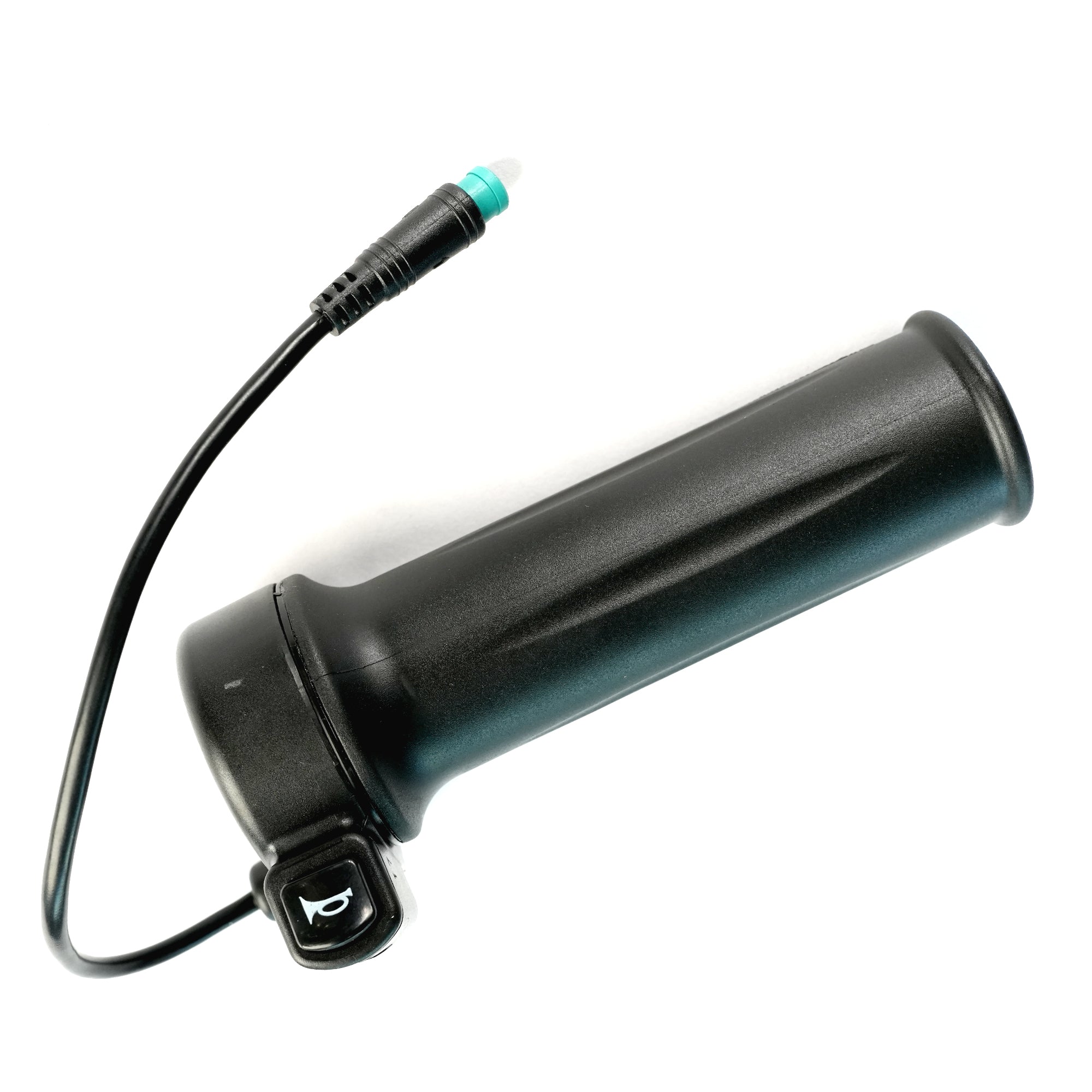
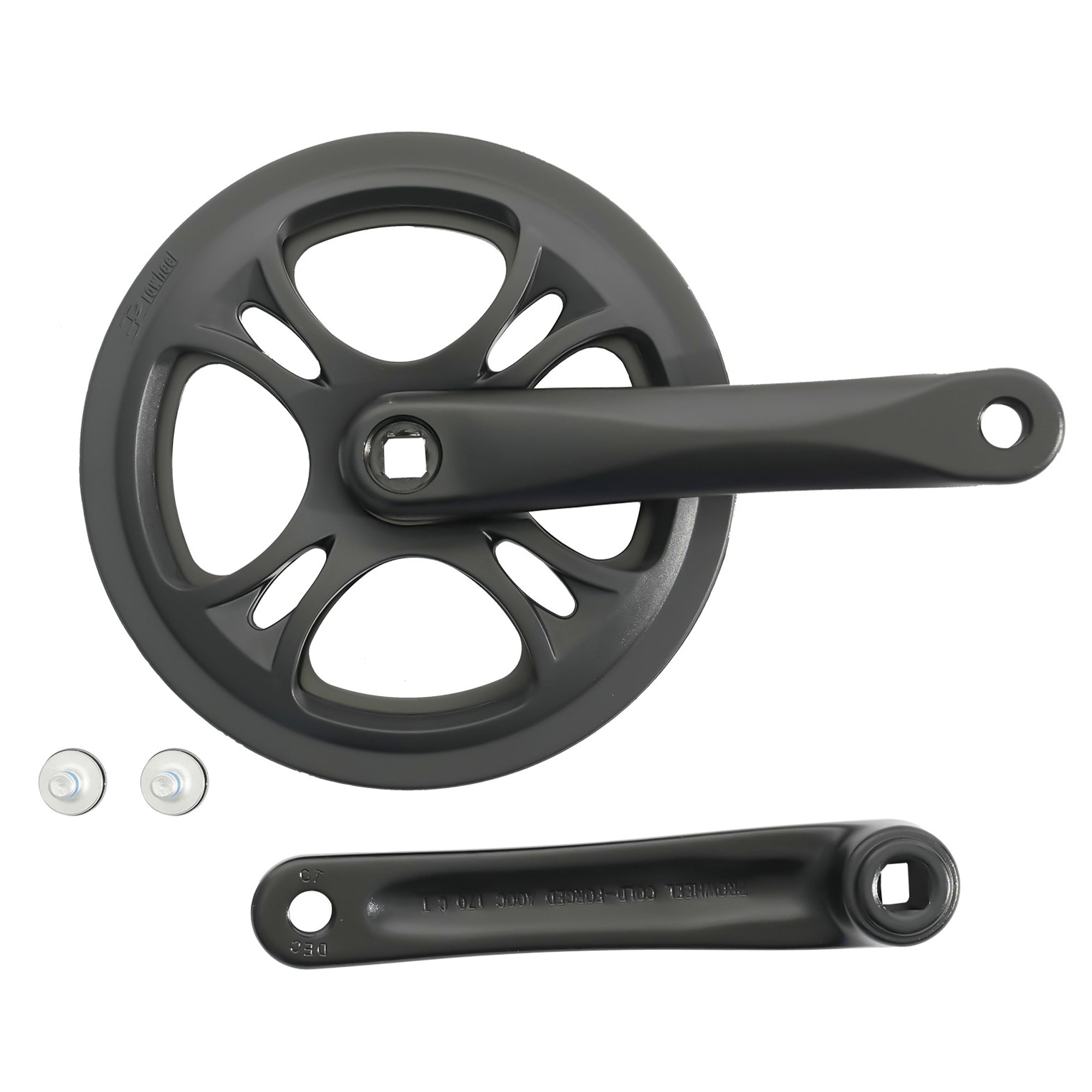
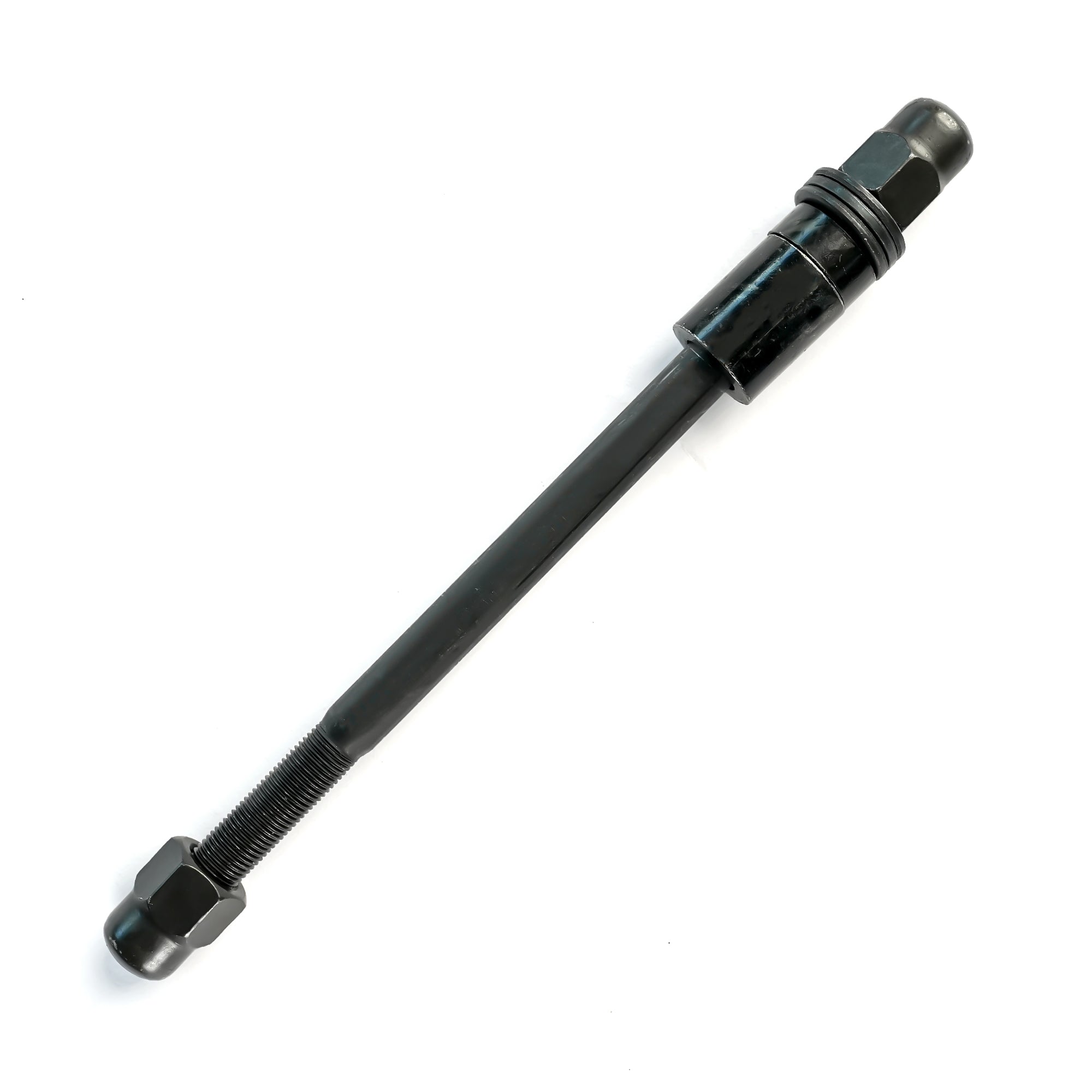
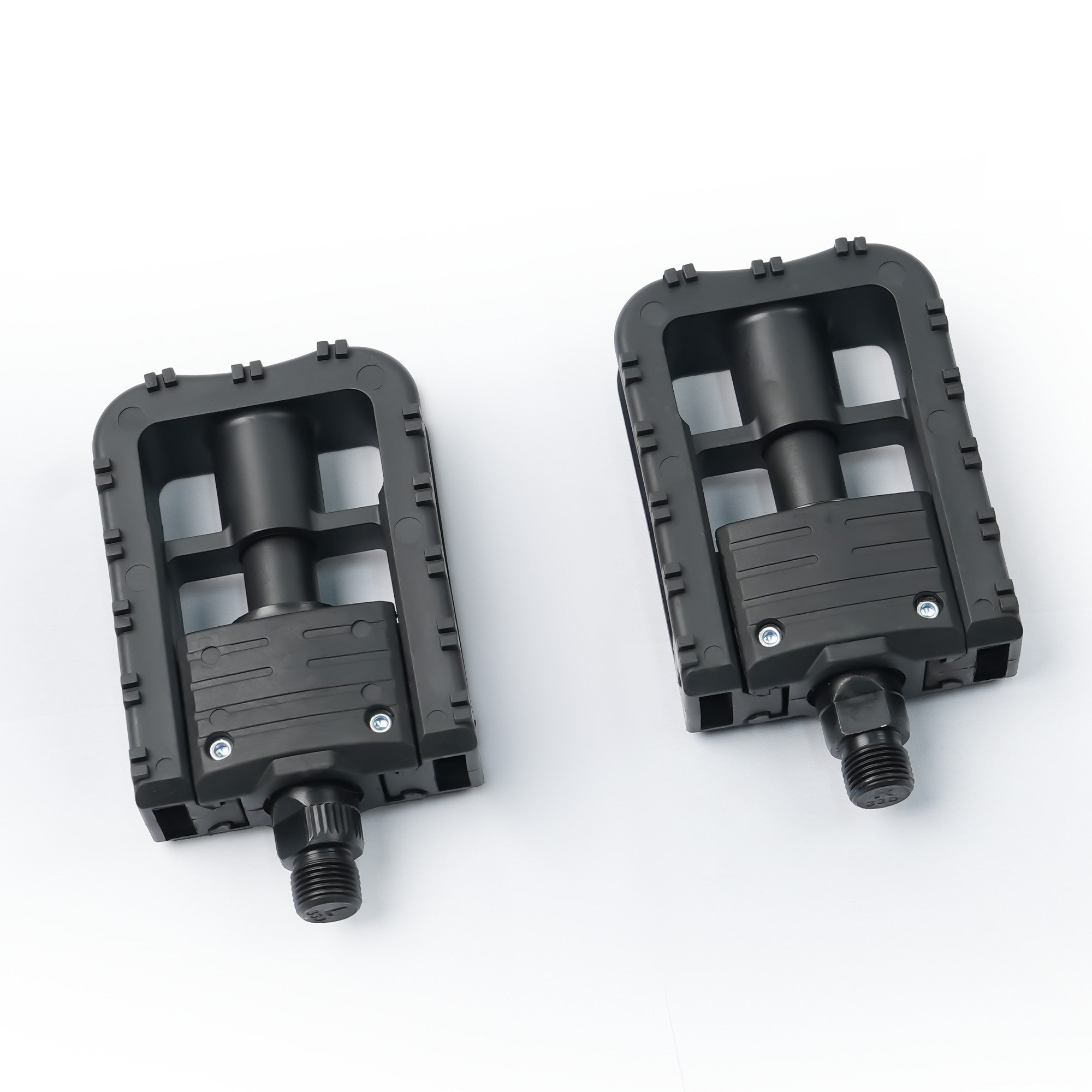
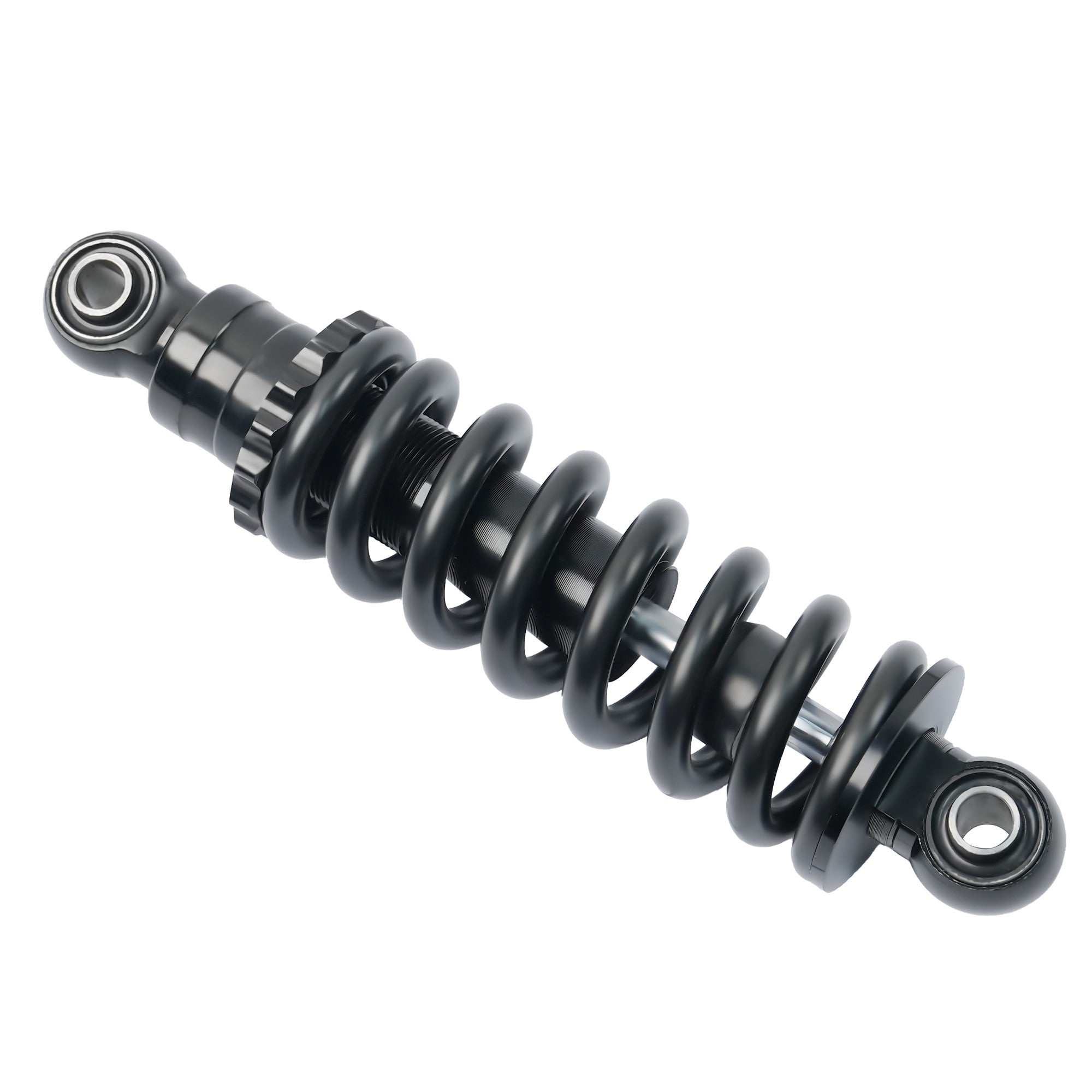
 Payment
Payment Afterpay Financing
Afterpay Financing Warranty
Warranty Shipping Policy
Shipping Policy Exclusive Discounts
Exclusive Discounts Track Your Order
Track Your Order Return & Refund
Return & Refund Referrals & Membership
Referrals & Membership User Manual
User Manual Contact Us
Contact Us FAQs
FAQs


